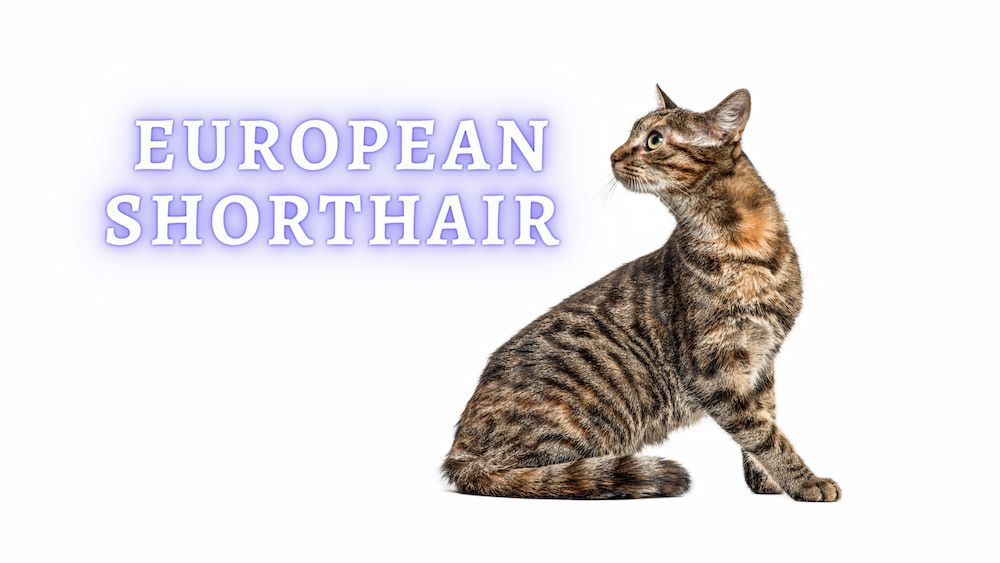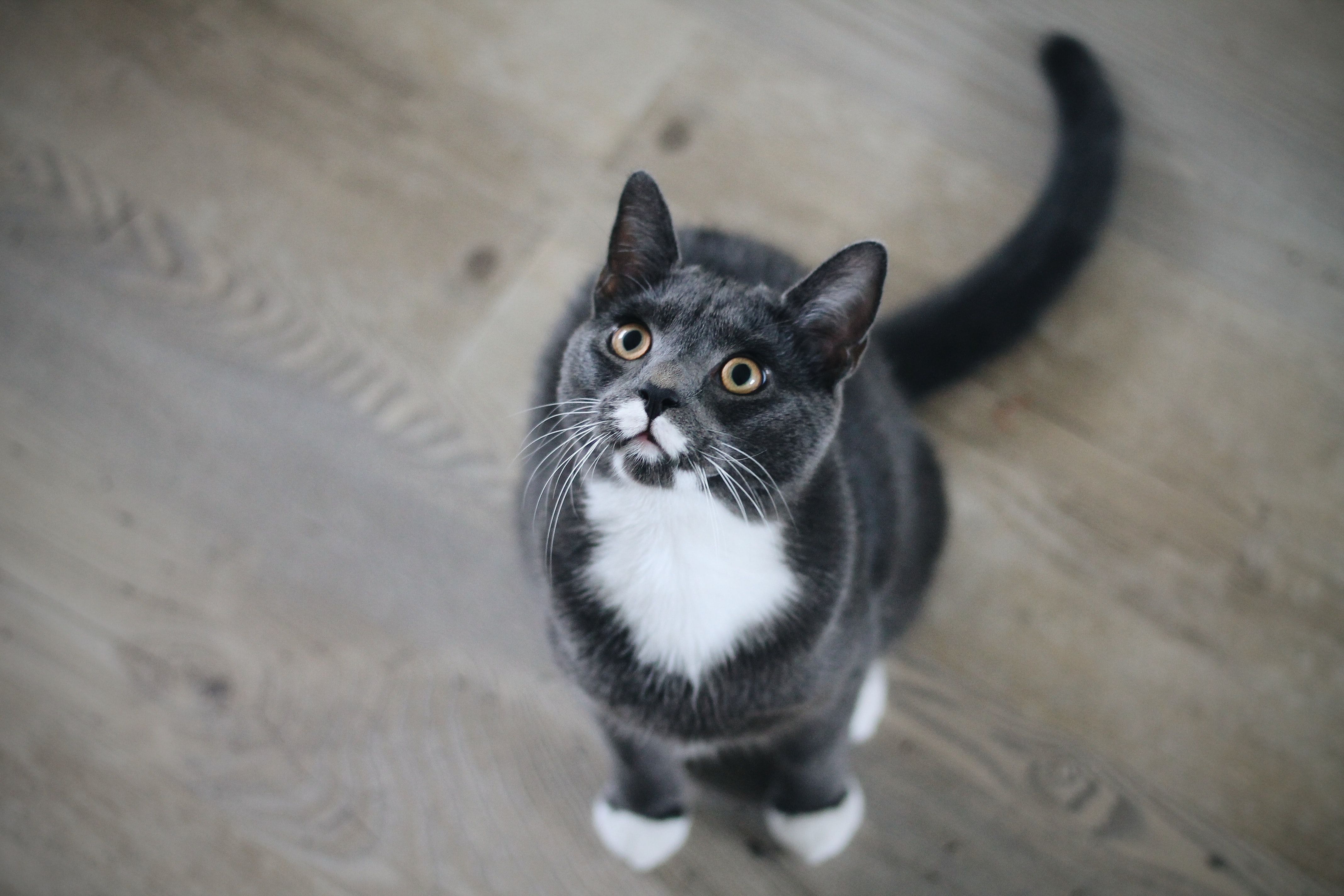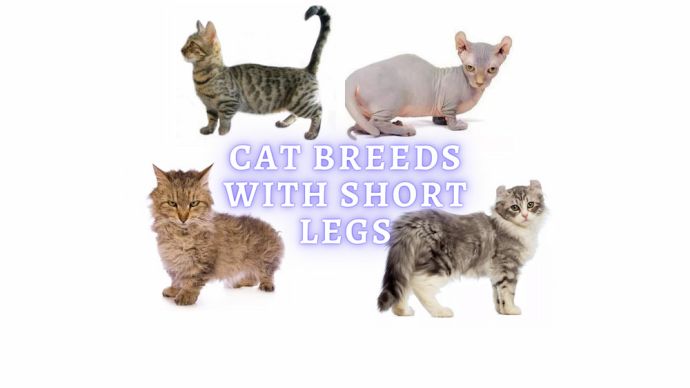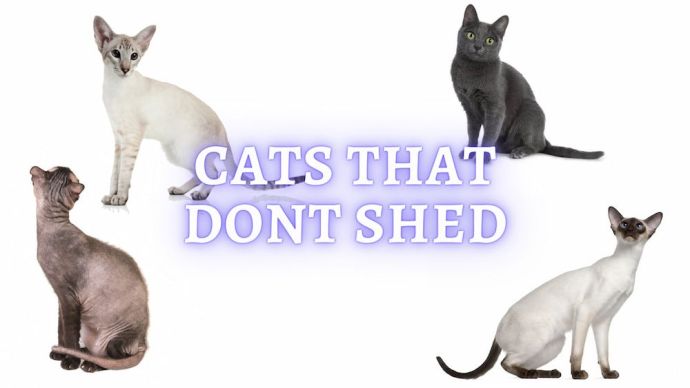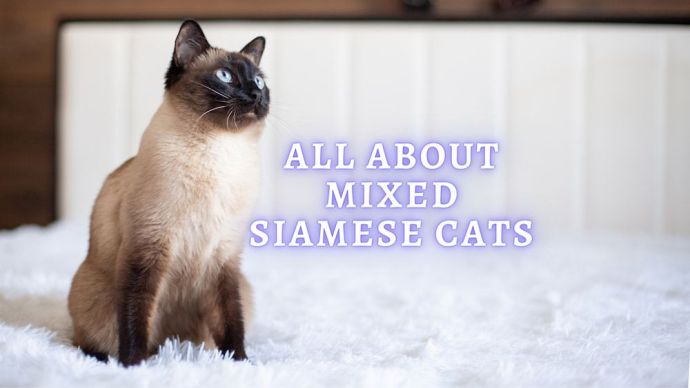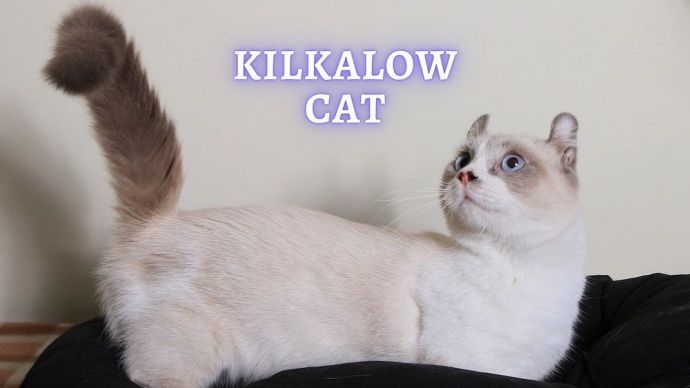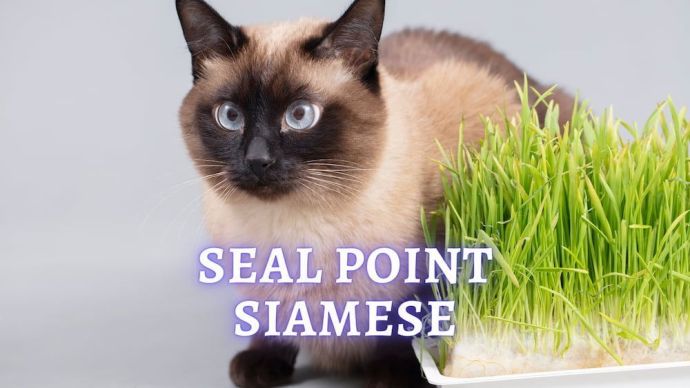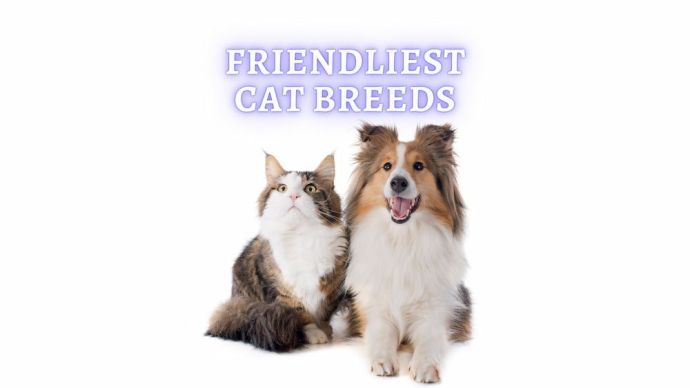European Shorthair: Lifespan, Kittens, Personality, and Care
Written by:
Author: Seb Jenkins
Seb is a professional SEO writer with a degree in Journalism, he has five years of experience in writing and editing. Seb specializes in topics like dog and cat breeds, aquarium guides, and pet care. He is passionate about educating and entertaining animal owners worldwide. In his spare time, Seb enjoys writing fiction novels.
View all 83 articlesLearn about our editorial process and veterinary review board.
Viewed: 637
Updated on: 06/08/2023
The European shorthair cat is an excellent pet. Playfulness and cheerfulness are harmoniously combined with calmness and obedience. As a rule, these cats do not cause any problems. The European shorthair cat is characterized by a typical feline character and absolute unpretentiousness.
Characteristics of European Shorthair Cat
Cats of this breed are of medium size, with a proportional appearance, muscular body, and a wide tail at the base and taper towards the end. The cat is not too fluffy but is quite voluminous. Its chest is wide, smoothly passing into a muscular neck of medium length. It has strong paws that taper downwards. Its limbs are proportional to the body, its paws have a rounded shape, the head is cone-shaped and it has massive cheeks. The ears are rounded, movable, and of medium size. Some pets of this breed have tassels on their ears. [1]
The animal’s coat is very thick and short. The eyes of the European shorthair are rounded and located at a slight angle and can be green, amber, or blue.
| Weight | 12 – 15 pounds |
| Height | 9 -11 inches |
| Colors and patterns | Brown, chocolate, lavender, sable, beige, tan, red, lilac, white, orange, blue, grey, cinnamon, black. Solid, tabby, tortoise. |
| Lifespan | 15 – 20 years |
| Suitable for | Family |
History of the Breed
The European shorthair is descended from the wild Nubian or Libyan cat. For thousands of years, these animals lived in Europe near humans. Cats were mousers or pets. Only in the middle of the XIX century did people pay attention to this cat. Then, the breed standards of the European shorthair were registered at the official level.
By the end of the XIX century, European cats were presented at exhibitions but did not receive prizes since the breed was not officially recognized. At the beginning of the twentieth century, specialists from Denmark, Sweden, and Norway took up the breeding of a real European. Unfortunately, their attempts to register a new breed were not supported by international teleological organizations.
As a result, the former shorthair breed was finally divided into two independent branches – British and European in the seventies. Under these names, they were standardized by FIFe: the first – in 1980; the second in 1982. Thus, the oldest native breed of European cats from the official point of view turned out to be one of the youngest.
Interesting Facts about the European Shorthairs
- Surprisingly, one of the oldest native cats in the world, according to the classification of the International Organization for Breeding and Breeding of New Breeds of Cats (FIFE) is one of the youngest breeds. (Recognised in 1949/1981) [3]
- European shorthair are excellent nannies.
- European cats have a developed hunting instinct and are excellent hunters and fishermen.
- The name European Shorthair cat can be confusing as it is sometimes used to refer to one breed and sometimes used as a group term for common domestic cats.
- In Finland, the European Shorthair is the national cat.
- They are also known as Farm Cats, or Bondkatt in Swedish, and the Celtic Shorthair.
The personality of Shorthair European
The European shorthair cat is a direct descendant of wild African cats. These pets are modest and quiet, especially if there is a stranger in the house. However, these pets can also be quite sociable and open. Breeders claim that European cats are, by nature, real sanguine and remain so until old age. They love to entertain their owner and are ready to spend lots of time with him, but along with this, European cats are unobtrusive and do not require constant attention.
Many owners note the interest of cats in babies and their desire to be near them. The cat will definitely not get bored with older children and will support children’s fun and games. European cats also find a common language with animals. They will never start a fight or forcibly try to subordinate their neighbor to their will. These are non-confrontational and peaceful pets.
They quietly spend time alone, without requiring constant attention and affection. At the same time, they love their owners, as a rule, especially singling out one of the family members, they will never show aggression and will be loyal and devoted companions.
European Shorthair’s Kittens
In their first days, European shorthair kittens adapt well to their new territory and new owners and quickly get used to the litter box and other activities of independent life.
READ MORE: How to Raise a Kitten: Veterinary Advice
Lifespan and Health
The European shorthair has quite good health, and their average life expectancy is 15 years.
European shorthair is a very strong, healthy breed. Their ancestors, surviving in nature, developed excellent immunity, so European shorthair cats do not have specific genetic diseases inherent in the breed. These are physically hardy animals with strong bones and developed muscles.
European shorthair cats are not picky about food; it is worth buying only the highest quality, professional food for them. It is better not to feed these cats greasy food. If your pet prefers dry food, then additional fortification of food is not required. But in the case of feeding, mainly with fresh food, you need to make sure that the balance of vitamins and minerals is strictly observed with the help of special complexes that can be purchased in a store or a veterinary pharmacy.
Like any pets, European shorthair must be vaccinated annually against viruses and rabies. Conduct anthelmintic therapy, take care of the eyes’ health and, if necessary, wipe them with a gauze cloth soaked in boiled water. Also, monitor the condition of the ears – there should be no gray plaque inside, and if there is, consult a veterinarian. Take care of their teeth; ideally, clean them with a special cat paste and brush once a week.
Regular vet checkups are a necessity with any animal no matter their track record of health. Our general advice would be to always be on the lookout for changes in their behavior or any signs of pain/distress.
Colors
A unique feature of this breed is the variety of colors. Different countries preferred different colors, which is why the pet has such a great variety. For example, the Germans preferred silvery shades with possible inclusions. There are more than 50 color varieties of European shorthair. The main colors are:
- chocolate / brown / sable,
- cinnamon,
- lavender/silver,
- fawn,
- blue / gray,
- black / ebony,
- cream / beige / tan,
- lilac,
- red / orange,
- white.
| Potential playfulness | 5 out of 5 |
| Activity level | 4 out of 5 |
| Friendly with other pets | 3 out of 5 |
| Friendly with children | 5 out of 5 |
| Grooming requirements | 1 out of 5 |
| Need for attention | 2 out of 5 |
| Affection toward owners | 4 out of 5 |
| Intelligence | 5 out of 5 |
| Independence | 5 out of 5 |
Activity
The European shorthair is a pet that will be happy living in an apartment and a private house. For many centuries, cats that lived in Europe survived in difficult weather conditions, foraged for food themselves and escaped from dangers, so they have very high adaptability. Shorthair cats conducted night hunting for food production, so you should be prepared because these animals will be active at night.
The European shorthair is an example of a highly intelligent, easily trained temperament animal that can perform simple commands but only at its own will. From the moment you bring the kitten into the house if you start to teach it to use the litter box, scratching post, or leash, success in these projects is guaranteed for you. [2]
Keeping European shorthair requires minimal effort from the owners. Its gentle, thick coat does not require constant care. Owners only need to comb it once every two weeks, but it should be done more often to help the animal get rid of falling hairs during molting.
READ MORE: Best Vitamins for Cats (Vet Review)
Rescue Groups
It may be difficult for you to find European shorthairs in shelters, as they are less common outside of Europe. You can try shelters and rescue services that serve all types of cats, including the European shorthair, British shorthair. You can also try CatTime’s adoption page, [4] which lets you search for adoptable cats by breed and zip code!
Conclusions
The character of each European shorthair cat is purely individual. They are often very affectionate, intelligent, quiet, and unpretentious. They easily adapt to new conditions and quickly become attached to their owner. If you spend a lot of time at work, you can safely get a European shorthair cat, which will not suffer very much from your absence.
This calm and independent animal will love you with all its inherent intelligence and tact. European shorthairs react normally to children’s pranks – they just sometimes won’t take part in them if they find it not interesting. Cats calmly accept the frequent visits of guests.
FAQs
How rare is a European shorthair?
The European shorthair cat, also called the Celtic cat, is one of the most popular European cat breeds. However, it is difficult to find outside of Europe.
Are European shorthair cats friendly?
The European shorthair cat can live with other pets in the same apartment. But it is better to leave the European cat as the only feline in the house. The uniqueness of the character of the Celtic cat breed is also expressed in its ability to quickly adapt to new conditions and people. Among the household, they can choose a leader for themselves and imitate his habits.
Are European shorthair cats cuddly?
The European cat breed is characterized by high intelligence and an incredibly calm temperament. From the first days in the house, these animals will be able to quickly adapt to new conditions and get used to their owners. Overall, European shorthairs are loving and affectionate, but only with their families.
Are European Shorthair cats expensive?
The European Shorthair is a relatively cheap cat compared to most cat breeds. They often range between $100 and $500 because they are pretty common felines.
How do I know if I have a European Shorthair?
The European Shorthair are medium-sized cats with quite stocky builds. They have rounded heads with straight and firm noses. They have no under or overbite. Their ears are usually rounded and their eyes can range in colour from blue and green to gold and brown. They have a short coat, rounded paws, and a medium-length tail with a taper.
What breed of cat once called the European Shorthair was a street cat?
The British Shorthair was often confused with the European Shorthair. At the time, even though they looked different, the British Shorthair was also referred to as a European Shorthair. It was all very confusing!
Article Sources:
- “European Shorthair.” Catster, 11 Mar. 2020, catster.com/cat-breeds/european-shorthair.
- “European Shorthair.” Omlet, omlet.co.uk/breeds/cats/european_shorthair/.
- Bydlinski, Penny, and Bob Schwartz. “Breed Standards.” Fédération Internationale Féline, fifeweb.org/wp/breeds/breeds_prf_stn.php.
- “Adopt a Cat or Dog Near You.” CatTime, cattime.com/adopt.
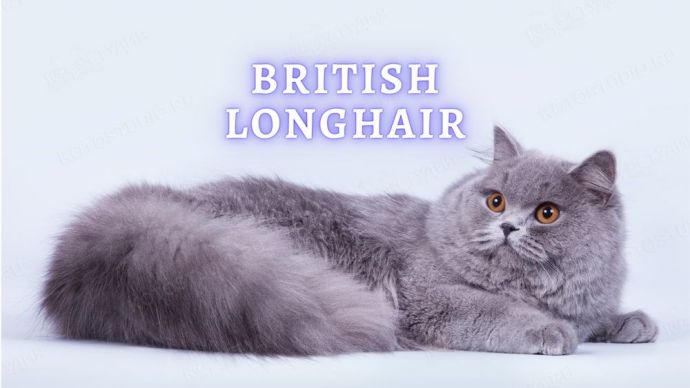 Cat Breeds British Longhair: Everything You Need to Know About the British Longhair Cat
Cat Breeds British Longhair: Everything You Need to Know About the British Longhair Cat - 3090
- 0
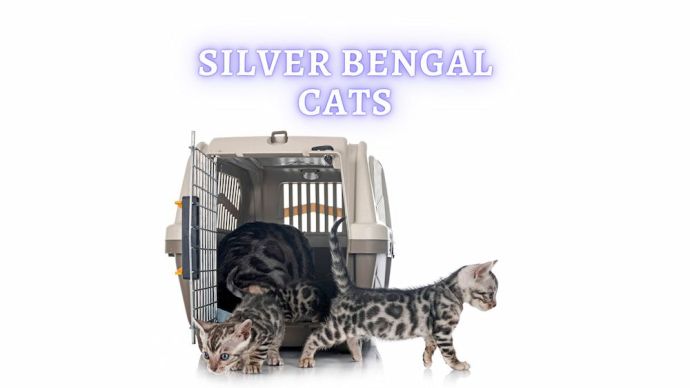 Cat Breeds Silver Bengal Cat: Important Things You Need to Know Before Buying Silver Bengal Cat
Cat Breeds Silver Bengal Cat: Important Things You Need to Know Before Buying Silver Bengal Cat - 247
- 0
 Cat Care Why Does My Cat Attack My Legs? 10 Reasons Why and What To Do About It (Vet-Approved Advice)
Cat Care Why Does My Cat Attack My Legs? 10 Reasons Why and What To Do About It (Vet-Approved Advice) - 46013
- 21
 Cat Veterinary Tips Cat Stomach Gurgling: Vet Advice on Why is Your Cat Stomach Gurgling?
Cat Veterinary Tips Cat Stomach Gurgling: Vet Advice on Why is Your Cat Stomach Gurgling? - 36469
- 4
 Cat Veterinary Tips My Cat Lost its Voice: Can Cats get Laryngitis? (Vet Advice)
Cat Veterinary Tips My Cat Lost its Voice: Can Cats get Laryngitis? (Vet Advice) - 23554
- 13









